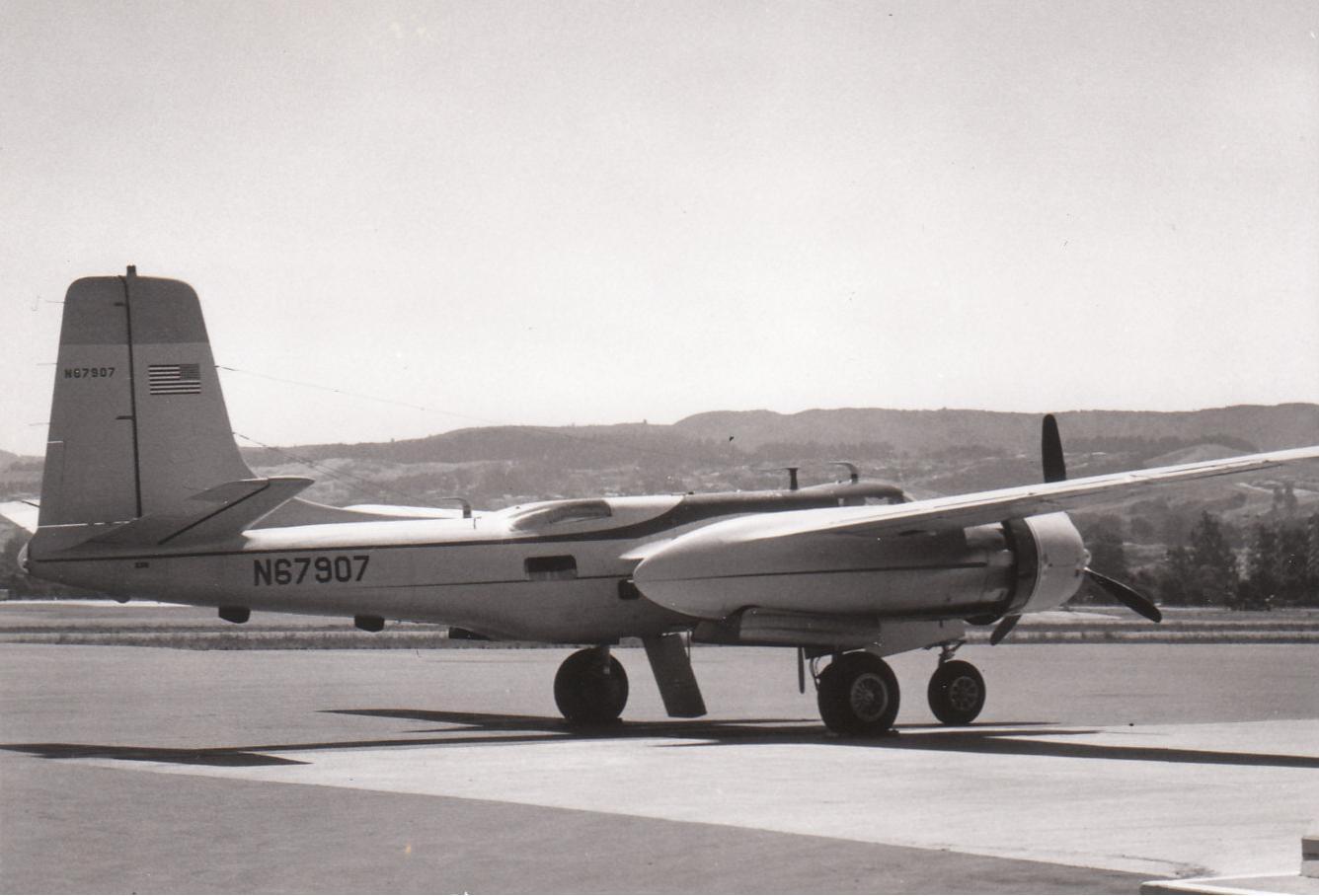Crash of a Rockwell Grand Commander 680 in Sinclair
Date & Time:
May 15, 1976 at 1157 LT
Registration:
N6275D
Survivors:
Yes
Schedule:
Scottsbluff – Eugene
MSN:
680-0544-213
YOM:
1957
Crew on board:
1
Crew fatalities:
Pax on board:
0
Pax fatalities:
Other fatalities:
Total fatalities:
0
Captain / Total hours on type:
780.00
Circumstances:
While cruising VFR on top on a flight from Scottsbluff to Eugene, the right engine failed. The pilote reduced his altitude to attempt an emergency landing and descended through adverse weather. After gears and flaps were extended, the airplane crashed in an open field. The pilot was seriously injured.
Probable cause:
Powerplant failure for undetermined reasons. The following contributing factors were reported:
- Improper in-flight decisions,
- Failed to follow approved procedures,
- Airframe ice,
- Icing conditions including sleet and freezing rain,
- Improper emergency procedures,
- Conditions conducive to carburetor icing,
- Forced landing off airport on land,
- Snow,
- Propeller not feathered.
- Improper in-flight decisions,
- Failed to follow approved procedures,
- Airframe ice,
- Icing conditions including sleet and freezing rain,
- Improper emergency procedures,
- Conditions conducive to carburetor icing,
- Forced landing off airport on land,
- Snow,
- Propeller not feathered.
Final Report:




